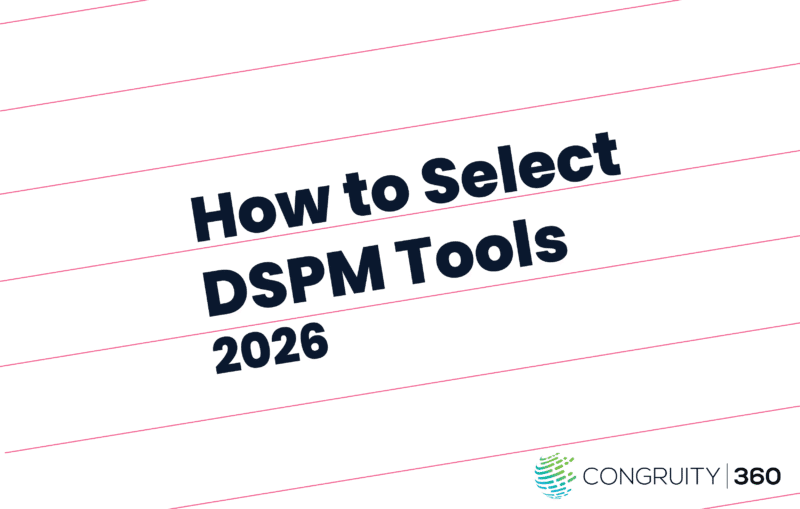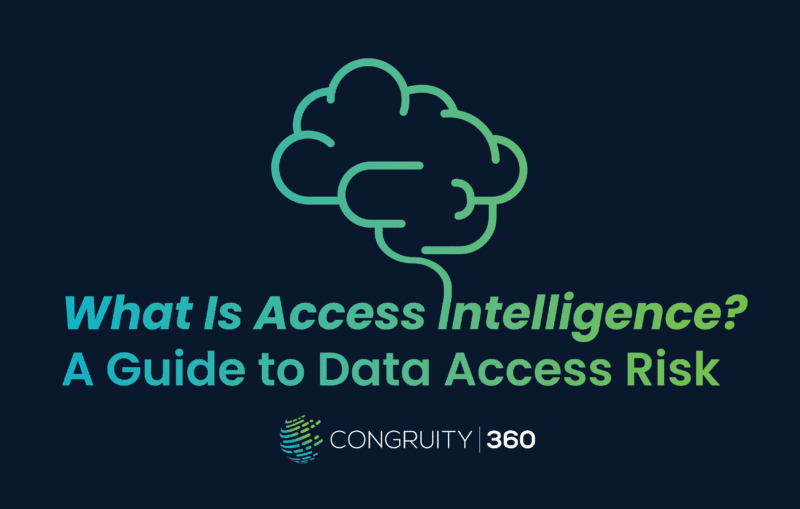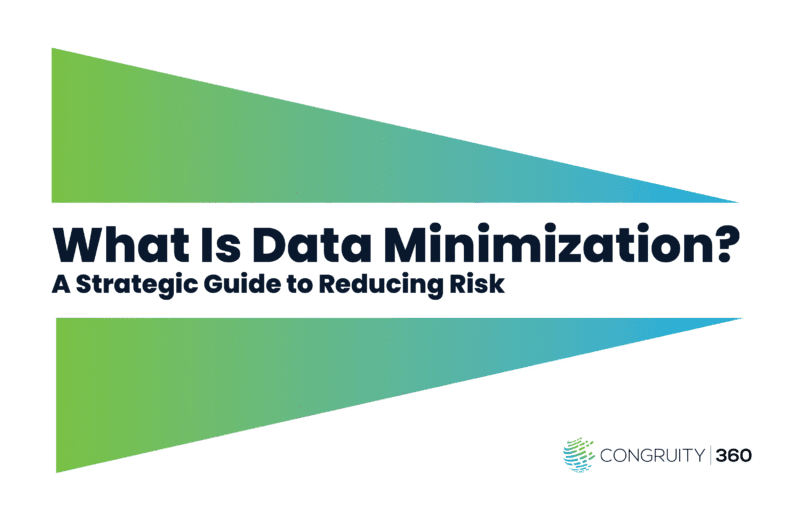Data growth isn’t slowing down—and neither are the risks. With increasing regulations, rising cyber threats, and expanding unstructured data volumes, enterprises are seeking smarter ways to manage data.
Enter Data Security Management Systems (DSMS).
According to Gartner, “By 2029, 50% of organizations will deploy DSMS solutions for data classification, insights and optimization, up from less than 20% in 2025.” This prediction reflects a seismic shift in how companies treat their data—not just as a byproduct of operations, but as a critical asset requiring full lifecycle management.
Modernize your data strategy by deploying a DSMS.
What is a DSMS?
A Data Security Management System (DSMS) is a centralized platform that automates the classification, protection, and optimization of data across your IT environment. It sits at the intersection of data governance, compliance, and cybersecurity.
Key features of an enterprise-grade DSMS solution typically include:
- Automated data classification
- Context-aware insights for data decision-making
- Data minimization and policy-based retention
- Risk reduction through proactive visibility
- Compliance support across multiple regulations
Why Deploy a DSMS Now?
Here’s why forward-thinking organizations are prioritizing DSMS deployment in 2025 and beyond:
1. Data Classification is the New Frontline of Security
You can’t protect what you can’t see. DSMS solutions classify sensitive data like PII, financial records, intellectual property across structured and unstructured environments. This visibility is foundational to zero-trust security and regulatory compliance.
2. Regulatory Compliance is Non-Negotiable
From GDPR and HIPAA to CCPA and beyond, organizations face mounting pressure to prove data stewardship. A DSMS helps maintain defensible compliance by aligning retention, deletion, and access policies with legal requirements.
3. Data Minimization Reduces Cost and Risk
DSMS solutions enable defensible data minimization—deleting ROT (Redundant, Obsolete, Trivial) data that bloats storage and increases breach exposure. Optimizing your data footprint reduces both infrastructure costs and legal liability.
4. Unified Insights Empower Smarter Decisions
Beyond security and compliance, DSMS platforms deliver insights that inform business operations from analytics and AI readiness to M&A data cleanup and digital transformation efforts.
How to Deploy a DSMS Solution: A Step-by-Step Guide
Step 1: Assess Your Data Landscape
Begin with a comprehensive audit. Understand where data lives, who has access, and what types of information exist. Pay particular attention to legacy systems, shadow IT, and sprawling unstructured data.
Step 2: Define Governance Objectives
Clarify your business goals. Are you focusing on compliance, cost reduction, M&A readiness, or digital transformation? Your DSMS strategy should align with broader data governance initiatives.
Step 3: Choose a Scalable DSMS Platform
Look for a platform that supports hybrid and multi-cloud environments, offers native automation, and integrates with your existing tools. Scalability and performance are key, especially for enterprises with millions (or billions) of files.
Step 4: Automate Classification and Policy Enforcement
Deploy automated classification engines to identify sensitive data. Apply policies based on risk levels, regulatory requirements, and business needs. This is where the real value of a DSMS begins to show.
Step 5: Monitor, Optimize, and Iterate
A DSMS isn’t “set it and forget it.” Use dashboards and reports to monitor activity, uncover new risks, and refine policies. Continuous optimization ensures your DSMS evolves alongside your data ecosystem.
Future-Proofing Your Data Strategy
As data volumes explode and regulatory scrutiny intensifies, the organizations that thrive will be those that treat data governance as a strategic asset, not a compliance checkbox.
DSMS solutions aren’t just about reducing risk; they’re about enabling agility, improving efficiency, and unlocking the value of your data.
And while there are many options on the market, only one platform combines zero-trust security, fully automated classification, and intelligent data minimization at scale.
Meet the Future of DSMS: Congruity360
At Congruity360, we offer an enterprise-grade DSMS platform designed for the modern data landscape. With native automation, regulatory alignment, and AI-powered classification, our solutions help you manage risk, reduce cost, and make smarter data-driven decisions—fast.
Whether you’re preparing for M&A, cleaning up technical debt, or transforming your data strategy, Congruity360 gives you the clarity and control you need.
Ready to take the next step? Contact us to learn how our DSMS solution can help you lead the next era of data governance.





